Obesity is a major health crisis worldwide, affecting over 650 million adults. It is linked to serious complications such as cardiovascular disease, type 2 diabetes, and certain cancers. While lifestyle interventions remain the cornerstone of weight management, long-term success is often limited due to complex metabolic and physiological factors. The SURMOUNT-1 clinical trial evaluated tirzepatide, a novel dual glucose-dependent insulinotropic polypeptide (GIP) and glucagon-like peptide-1 (GLP-1) receptor agonist, as a potential treatment option for adults with overweight or obesity.
About Tirzepatide
Tirzepatide is a once-weekly subcutaneous injectable medication that activates both GIP and GLP-1 receptors. These are hormone pathways involved in appetite regulation and energy balance. The dual agonist approach is designed to enhance weight loss more effectively than targeting GLP-1 alone, as seen with other agents like semaglutide.
Trial Design and Participants
The SURMOUNT-1 trial was a 72-week, phase 3, double-blind, placebo-controlled study conducted at 119 sites across 9 countries. The study enrolled 2,539 adults with:
- A BMI ≥30, or
- A BMI ≥27 with at least one weight-related comorbidity (e.g., hypertension, dyslipidemia, or sleep apnea),
- And no diagnosis of diabetes.
Participants were randomized in a 1:1:1:1 ratio to receive either 5 mg, 10 mg, or 15 mg of tirzepatide, or placebo, once weekly. All groups received lifestyle counseling aimed at reducing caloric intake by 500 calories per day and encouraging at least 150 minutes of physical activity weekly.
Primary Outcomes: Impressive Weight Loss
The study’s co-primary endpoints were:
1) Percentage change in body weight from baseline to week 72.
2) The proportion of participants achieving ≥5% weight loss.
At 72 weeks, the average weight reductions were:
−15.0% with 5 mg of tirzepatide
−19.5% with 10 mg
−20.9% with 15 mg
−3.1% with placebo
These results represent substantial weight reductions, particularly at the higher doses. Moreover, up to 91% of participants in the 15 mg group lost at least 5% of their body weight, compared to just 35% in the placebo group.
Higher Weight Loss Benchmarks
Tirzepatide also helped many participants achieve more ambitious weight loss goals:
≥10% weight loss: 68–84% (tirzepatide) vs. 18.8% (placebo)
≥15% weight loss: 48–71% (tirzepatide) vs. 8.8% (placebo)
≥20% weight loss: 30–57% (tirzepatide) vs. 3.1% (placebo)
≥25% weight loss: up to 36.2% (tirzepatide) vs. 1.5% (placebo)
These figures are particularly striking because a 5–10% weight loss is generally considered sufficient to improve metabolic health.
Metabolic and Cardiovascular Improvements
Participants who received tirzepatide experienced substantial benefits in cardiometabolic markers:
- Waist circumference: Reduced by 14–18.5 cm
- Systolic blood pressure: Dropped by ~7 mmHg
- Fasting insulin levels: Reduced by over 40%
- Triglycerides: Dropped by nearly 25%
- HDL cholesterol: Increased by ~8%
- LDL and VLDL cholesterol: Decreased moderately
These changes suggest a significant reduction in cardiovascular risk. Additionally, over 95% of participants with prediabetes at baseline reverted to normoglycemia by week 72 in the tirzepatide groups, compared to 61.9% with placebo.
Body Composition and Function
Tirzepatide not only reduced overall weight but also had a positive effect on body composition:
- Fat mass decreased by 33.9%, compared to just 8.2% with placebo.
- The fat-to-lean mass ratio improved, indicating healthier weight loss.
- Physical function scores, measured by the SF-36 health survey, significantly improved, highlighting better mobility and quality of life.
Safety Profile and Tolerability
Tirzepatide was generally well-tolerated. Gastrointestinal side effects were the most common, including:
- Nausea (24.6–33.3%)
- Diarrhea (18.7–23.0%)
- Constipation, vomiting, dyspepsia
These side effects were mostly mild to moderate and occurred primarily during the dose-escalation phase. Serious adverse events occurred in 5.1–7.1% of the tirzepatide groups vs. 6.8% of the placebo group. Treatment discontinuation due to side effects was 4.3–7.1% (tirzepatide) vs. 2.6% (placebo).
Other rare adverse events included gallbladder disorders and pancreatitis, though no medullary thyroid cancer or severe pancreatitis was observed.
Comparison to Other Treatments
Tirzepatide’s effectiveness exceeds most current anti-obesity drugs. For example, semaglutide 2.4 mg achieves an average 12.4% placebo-adjusted weight loss, while tirzepatide 15 mg achieved up to 20.1%. These results also approach those of bariatric surgery, which typically leads to 25–30% weight reduction at 1–2 years.
Conclusion
Tirzepatide offers a highly effective, non-surgical treatment option for adults with obesity or overweight and related conditions. The ability to achieve and sustain double-digit weight loss, improve metabolic health, and maintain functional well-being makes it a potential breakthrough in obesity medicine.
Given its effectiveness, tirzepatide could redefine standards for pharmacological obesity treatment—serving as an important addition to the therapeutic arsenal against one of today’s most pervasive health challenges.



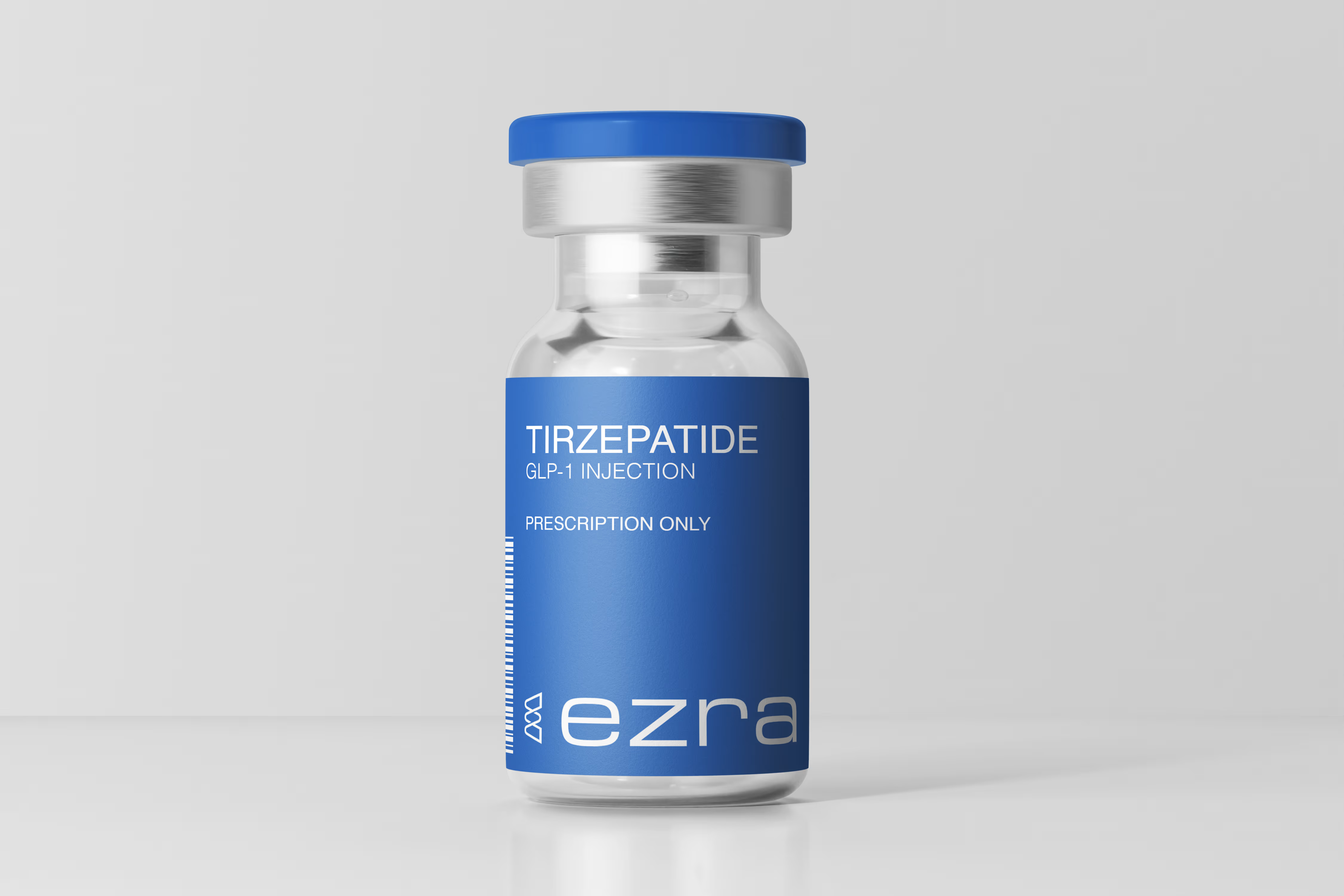

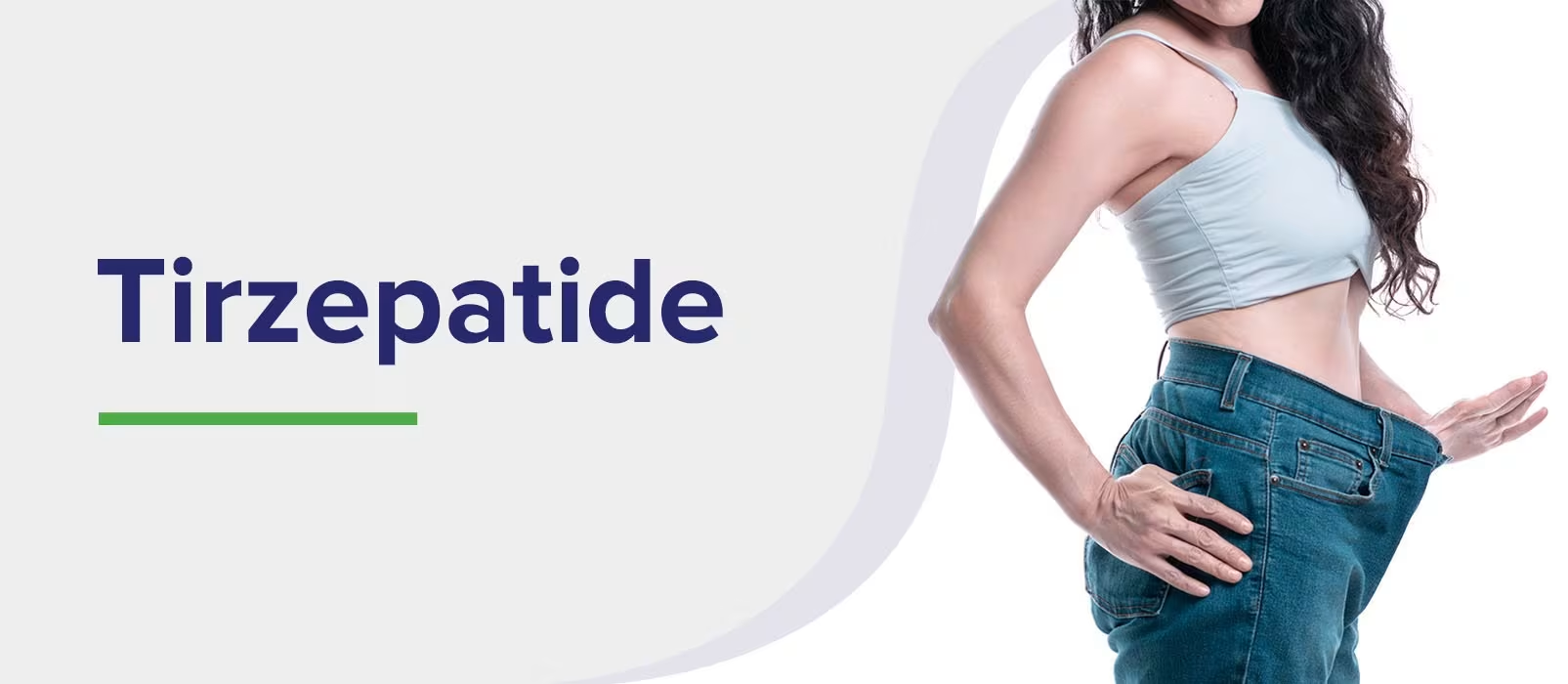
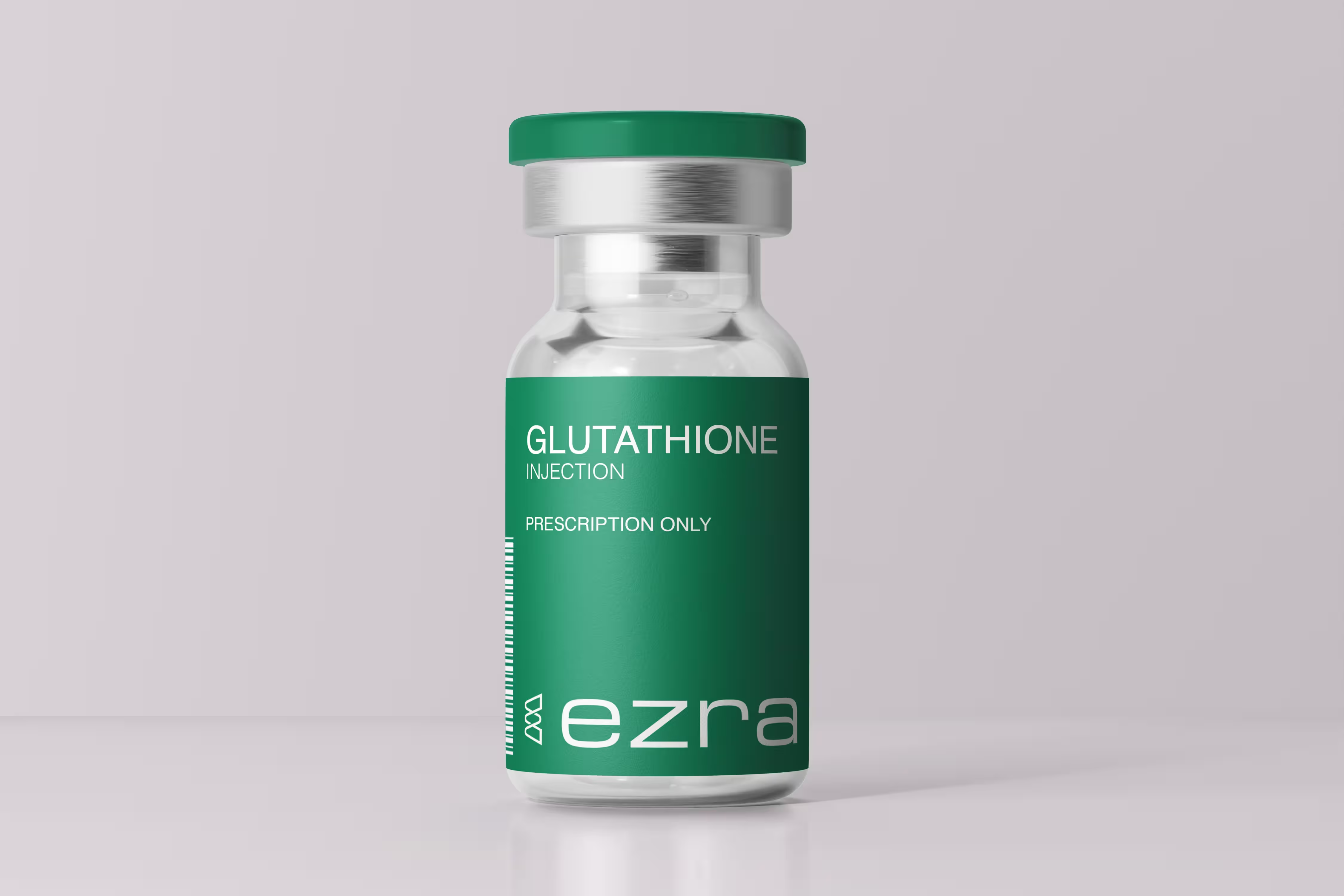

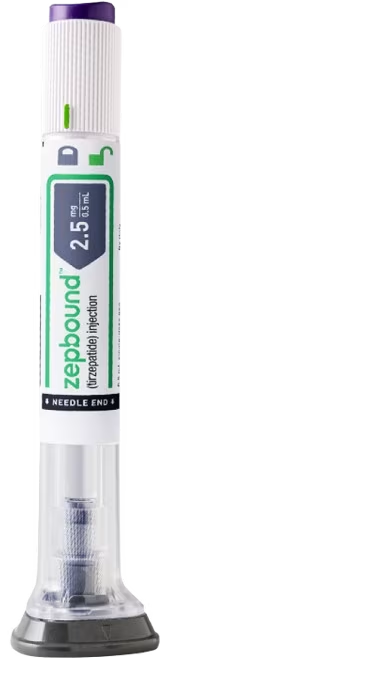




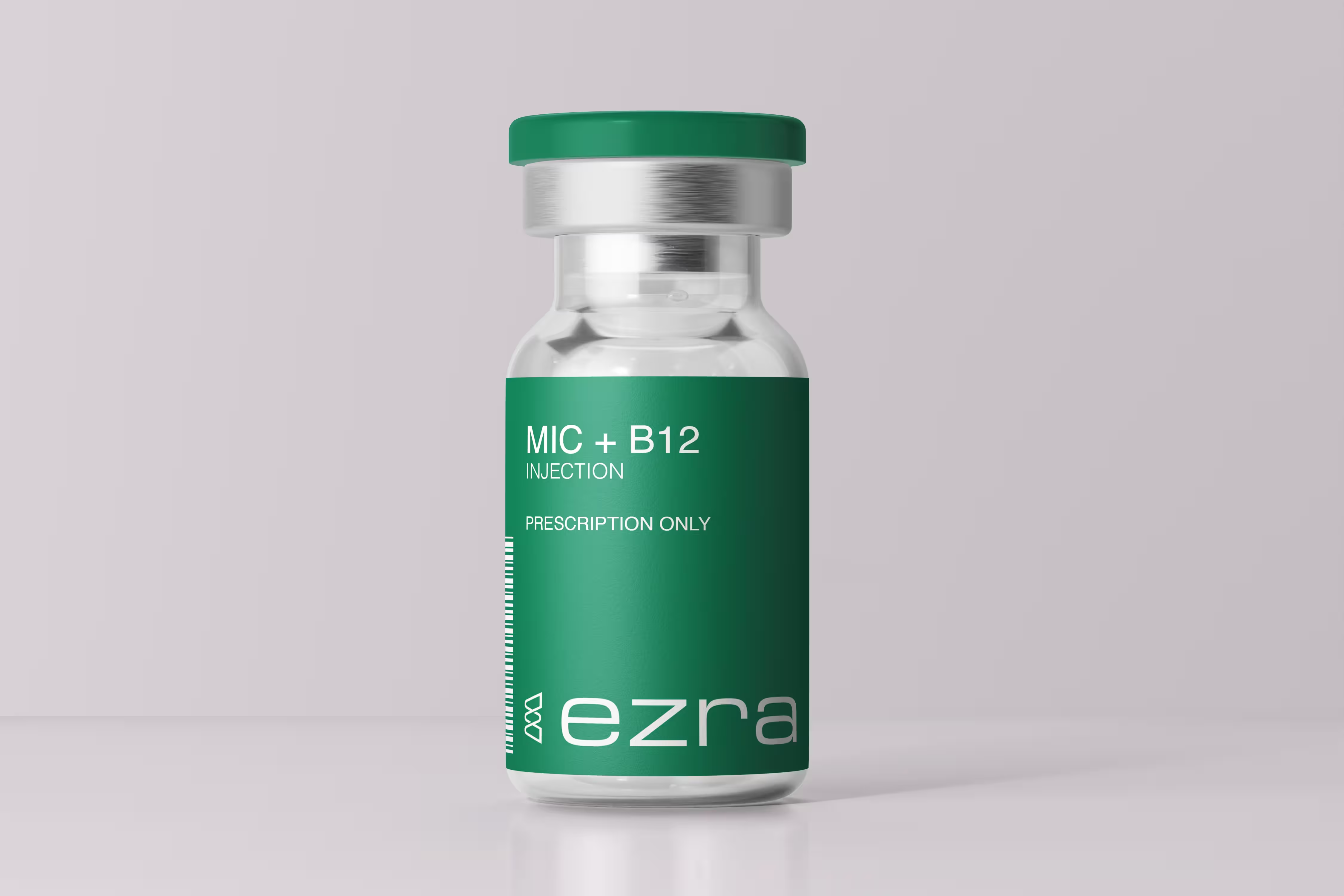







.avif)










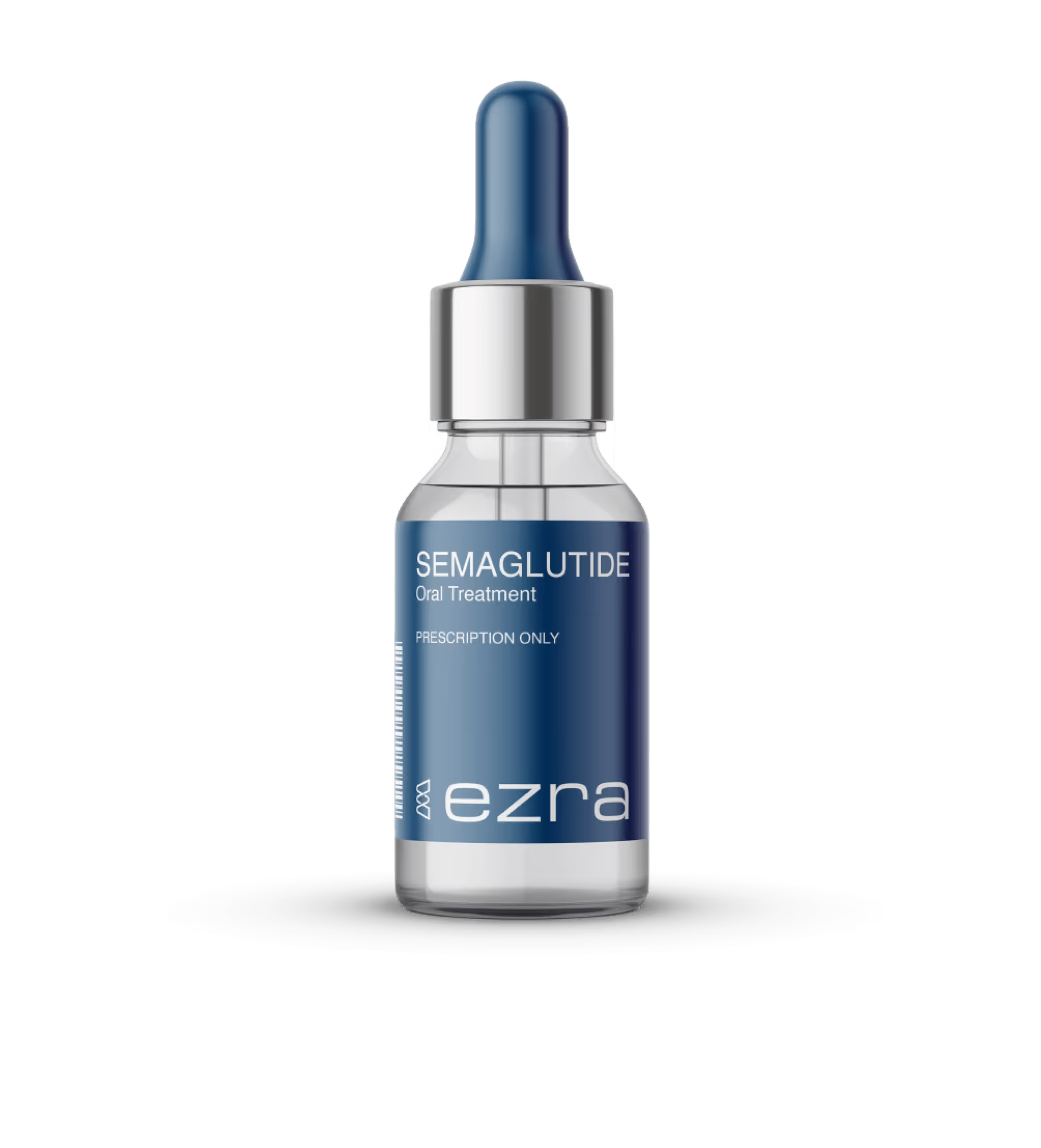

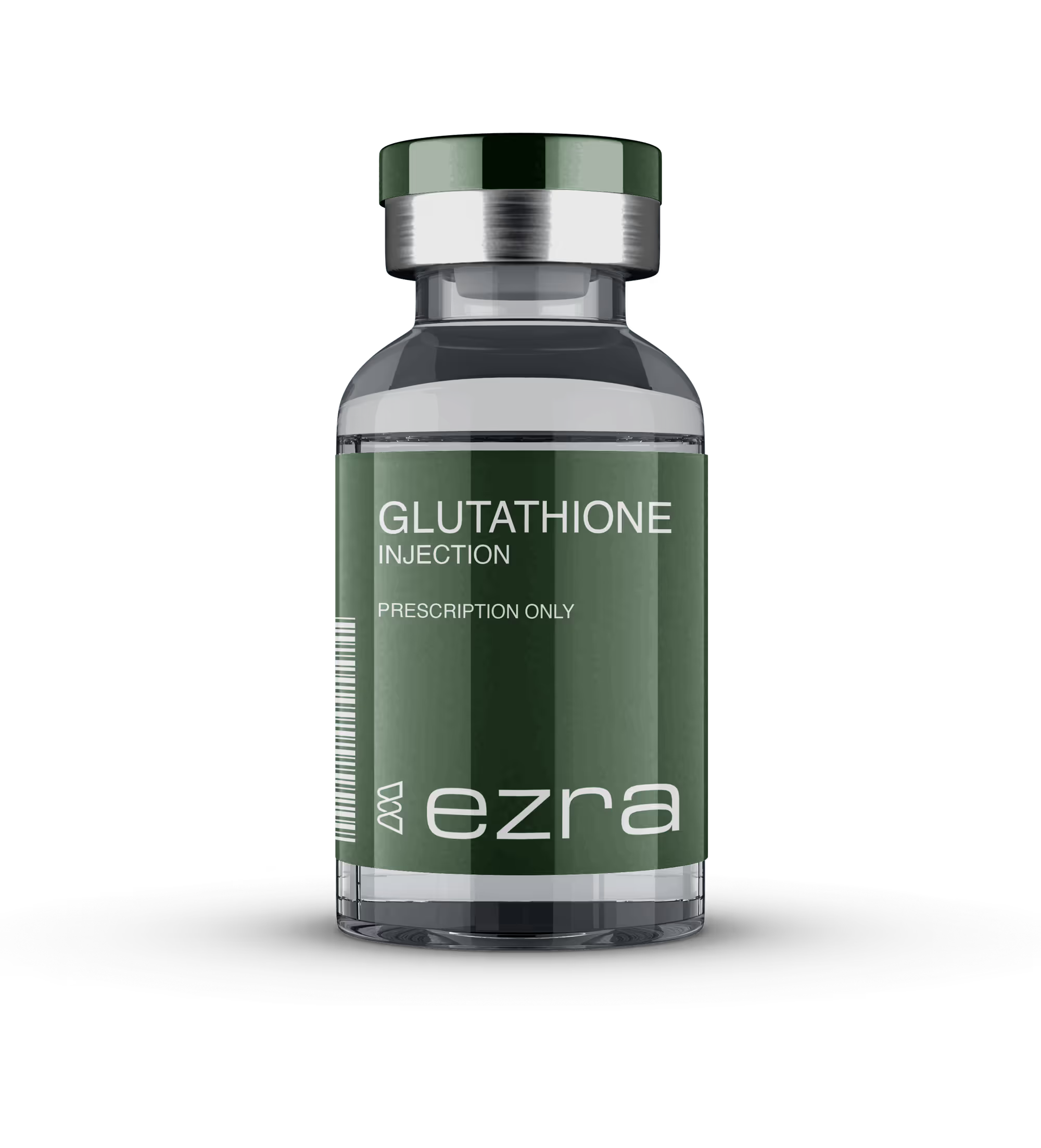
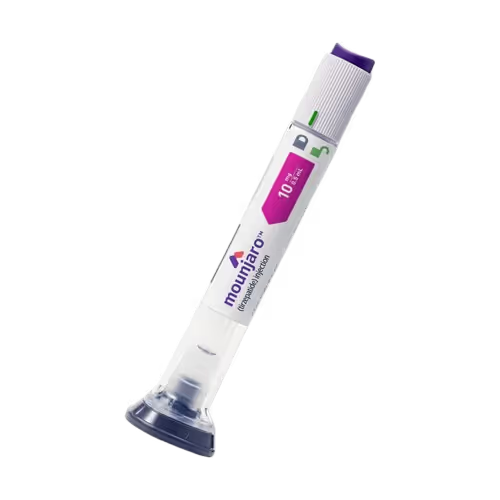
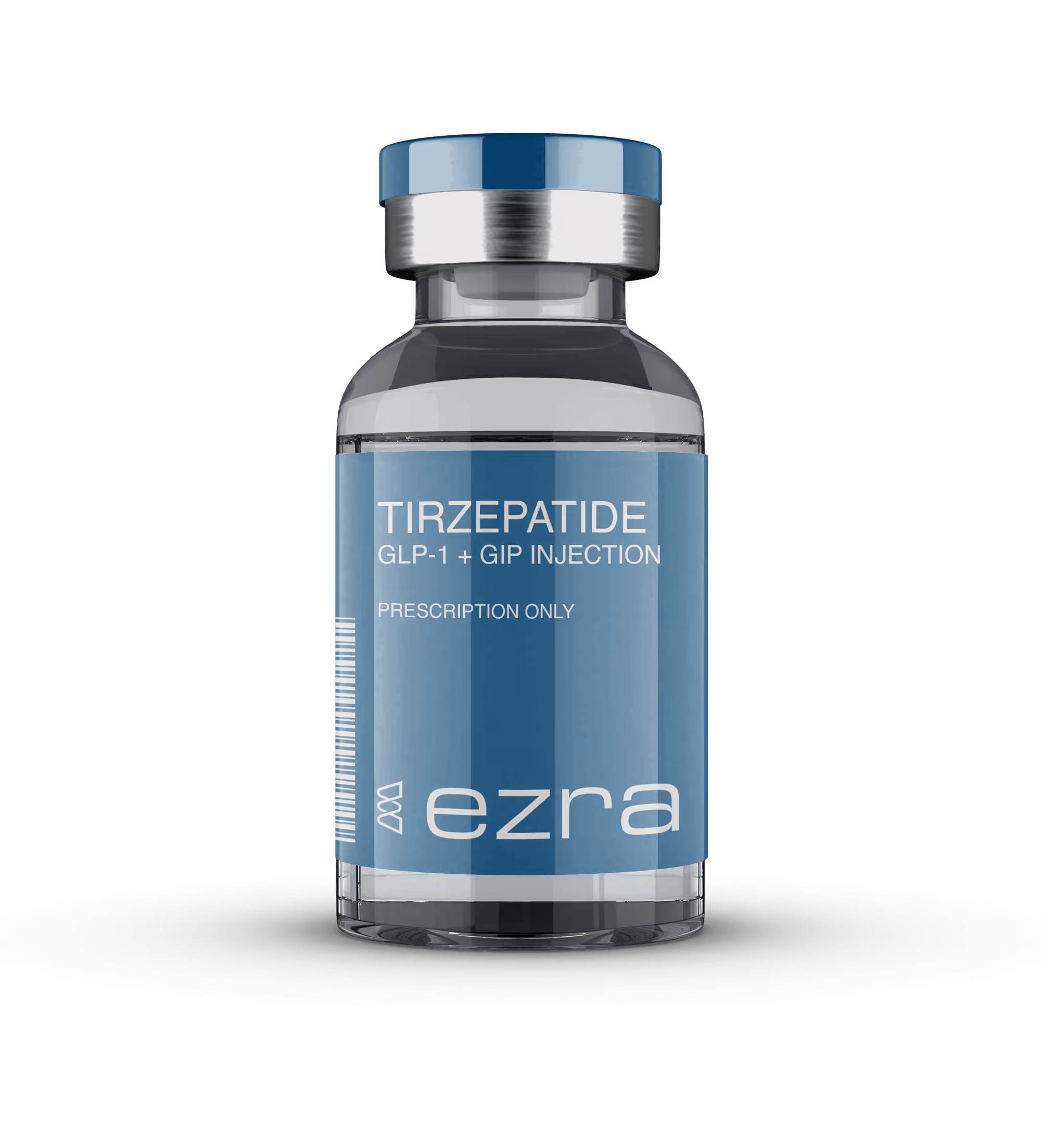
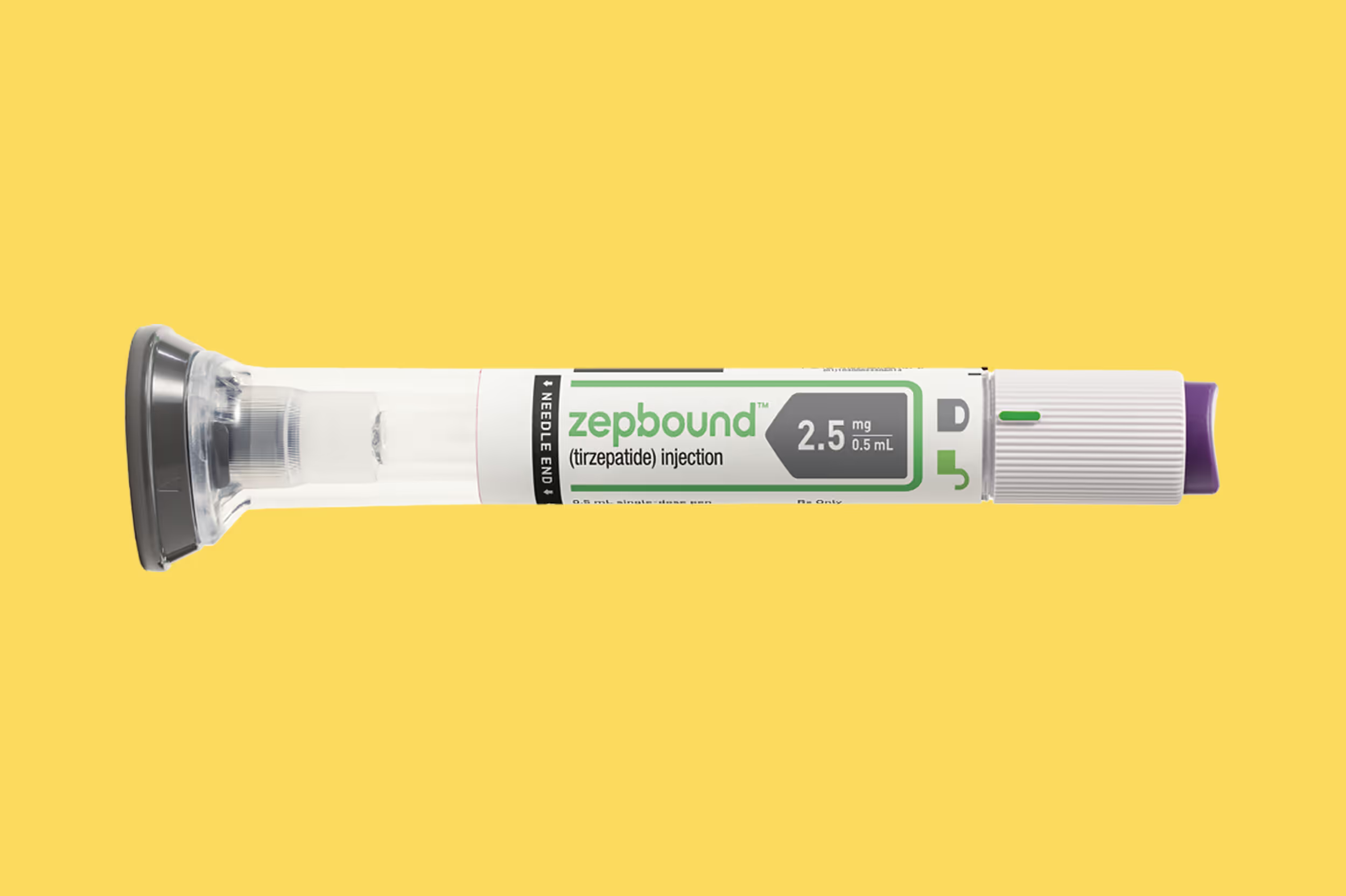



.avif)

